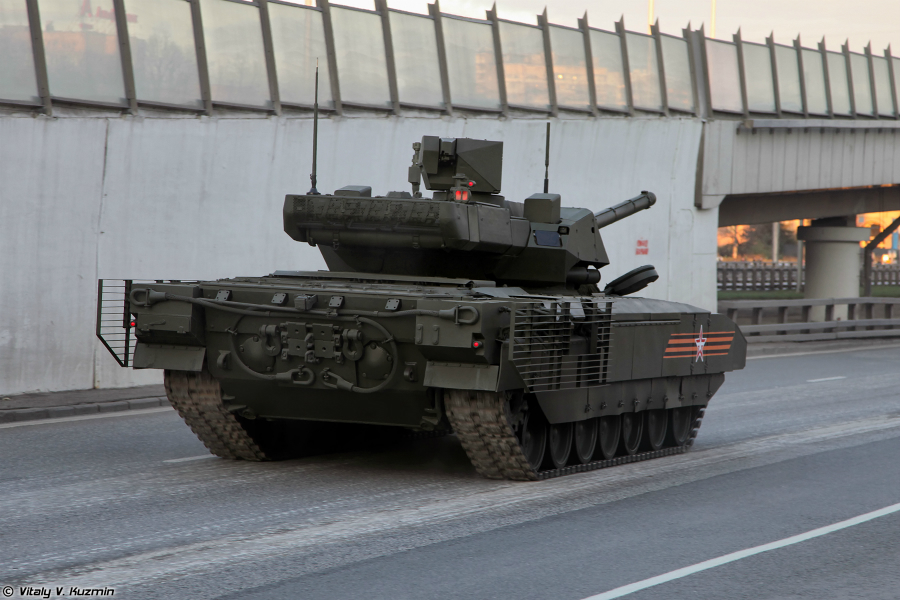
The Chinese government has deployed tanks on the streets to quell angry citizens wanting to withdraw their savings. In a scene resembling the infamous Tiananmen Square protests and subsequent massacre in 1989, Beijing sent tanks from the Chinese People's Liberation Army (PLA) to patrol the streets of Henan province as protesters clashed with law enforcement.
Depositors, who had been barred from withdrawing money since April, were demanding the release of their frozen funds. Footage circulating in Chinese social media showed armored PLA tanks purportedly deployed to protect the banks and prevent locals from reaching them.
Meanwhile, local media reports confirmed large-scale protests by affected depositors across Henan province. A July 10 protest saw more than 1,000 demonstrators gathering outside the People's Bank of China (PBOC) office in the provincial capital of Zhengzhou. The PBOC serves as the communist country's central bank.
White-clothed men, allegedly from the People's Armed Police Force, were sent to suppress the angry bank depositors. Demonstrators were beaten and shoved into buses, based on eyewitness accounts and footage captured at the scene. (Related: Angry Chinese storm Bank of China branch over frozen deposits.)
The scenario at Henan mirrored the June 1989 pro-democracy Tiananmen Square protests in the Chinese capital. Student protesters gathered at the space to demand democracy and greater freedoms at the time. However, the central government responded with repression – deploying tanks and heavily armed troops to clear the square.
Hundreds, if not thousands, were killed during the subsequent massacre. The Tiananmen incident and issues related to Taiwan and Tibet – the so-called "three Ts" – are highly censored in China.
The bloody protests gave birth to the iconic Tank Man photograph featuring one man standing in front of a PLA tank column. The unidentified man's courage was commemorated on the 33rd anniversary of the protests.
PBOC promises repayment to affected depositors
The protests in Henan province, including the one on July 10, broke out following an announcement that the savings of depositors in four rural banks are "investment products" and cannot be withdrawn.
But following the civil unrest, China's central bank said it will start repaying depositors whose funds were frozen. According to the Henan Provincial Financial Supervision Bureau, those with deposits of less than 50,000 yuan ($7,405) would receive their money back starting July 15 – the first day of the payouts.
However, only a handful of depositors received their payments on July 15. Other eligible depositors did not get their money back, as the designated mobile app for the purpose was rife with bugs that prevented them from registering.
Those with more than 50,000 yuan ($7,405) in deposits still don't know when they can get their money.
According to Chinese state broadcaster CCTV, the funds used to repay affected depositors came from some of the seized assets of Henan New Fortune Group (HNFG). Following an initial three-month probe, law enforcement accused the company of using the four Henan rural banks and another one in nearby Anhui province as tools for illicit activity.
HNFG "manipulated five village banks in Henan and Anhui to illegally absorb and occupy public funds," said an unnamed official at the China Banking and Insurance Regulatory Commission.
According to analysts, the HNFG banking scandal "has dealt an unprecedented blow" to China's financial system. They added that the illegal operation involving the company and the five rural banks had been running for more than a decade.
Visit CommunistChina.news for more stories about Beijing's draconian crackdown on civil unrest.
Watch entrepreneur Miles Guo talking about the collapse of rural banks in China below.
This video is from the Chinese taking down EVIL CCP channel on Brighteon.com.
More related stories:
Is China's banking system headed for a debt collapse?
Sources include:
Please contact us for more information.














